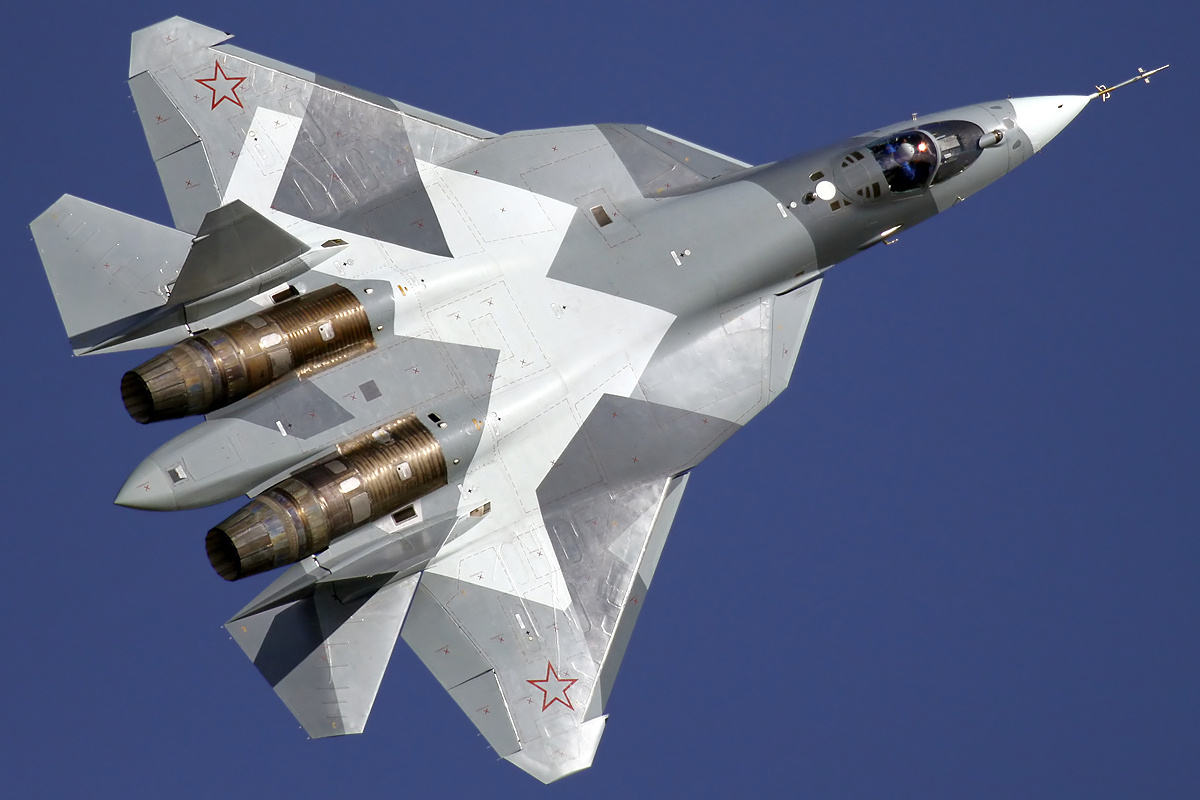
The conflict in Ukraine has exposed significant vulnerabilities in the Russian military and its equipment. The battles have demonstrated that Western weapons systems are superior to their Russian counterparts.

In response, Moscow is striving to enhance its military capabilities by introducing new weapons over the next few years. Among the most ambitious of these projects is the proposed MiG-41 fighter jet.

Currently, the MiG-41 remains in the design phase, leaving many specifics about the aircraft unknown.

Below is an analysis of the potential capabilities of the MiG-41, along with some insights into the Russian aerospace and defense industry.

The MiG-41, also referred to as PAK DP, is a proposed sixth-generation stealth fighter jet anticipated to make its maiden flight next year.

The Russian Aerospace Forces are aiming for an aircraft capable of achieving high speeds—estimated to reach Mach 4, or over 3,000 miles per hour—and capable of operating at very high altitudes.

The Russian Aerospace Forces’ ambition for a fighter jet capable of operating in non-permissive airspace aligns with trends in other major air forces.

For instance, the U.S. Air Force’s new bomber, the B-21 Raider, is designed to penetrate enemy air defenses and deliver both conventional and nuclear munitions in hostile environments. There are two primary strategies to achieve this: speed and stealth.

An aircraft that is too fast to be intercepted can breach a robust air defense system, exemplified by the SR-71 Blackbird, which was too swift for enemy fighter jets and air defense missiles.

Alternatively, an aircraft that minimizes its detectable signature through stealth technology can evade or delay interception, as demonstrated by the F-35 Lightning II stealth fighter jet.

Combining speed and stealth in a single aircraft is extremely challenging. Some might argue that focusing on just one of these attributes would be sufficient.

However, the Russian aerospace and defense industry’s efforts to incorporate both into the MiG-41 indicate ambitious plans for this new aircraft.

However, considering the previous performance of Russian “wonder weapons” like the Su-57 Felon fighter jet and the T-14 Armata main battle tank, Russian officials are likely setting unrealistic expectations.

The Su-57, promoted as a fifth-generation stealth fighter, is still grappling with serious production issues and has not played a significant role in the Ukraine conflict. Similarly, despite years of development, the T-14 Armata has not seen real action in the war, even as Russia has lost over 2,000 tanks.

Technological issues have prevented the T-14 Armata from participating outside of parades, and the program might even be canceled. Therefore, when Russian officials claim the MiG-41 will achieve speeds beyond Mach 4, their statements should be taken with considerable skepticism.
Relevant articles:
– Russia’s MiG-41 Fighter Is Not Only a Nightmare But a Sad Reality, The National Interest
– Russia’s Mach 5 MiG-41 Fighter Could Fire Laser Weapons (Or Never Fly), nationalinterest.org
– Russia’s MiG-41 Fighter Nightmare Is Truly an Aviation Dumpster Fire, The National Interest
– MiG-41 – A new Mach 4+ fighter?, MiGFlug

